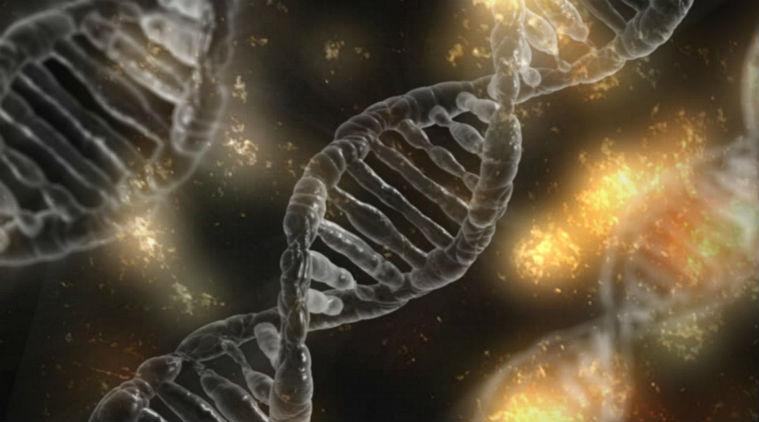Complex ideas like “I love you” are conveyed using a combination of twenty-six letters in English. The arrangement of these seemingly unrelated characters preserves messages and philosophies passed on by minds like Woolf, Brontë and Austen. Imagine what language could look like if we suddenly had 52 letters instead of 26.
Alphabets and letters do more than make language and literature possible. All biological life, ranging from single-celled bacteria to humans, which contain trillions of cells, require an alphabet of sorts in the form of DNA, or deoxyribonucleic acid. Comprised of four simple letters — A, T, C, G for adenine, thymine, cytosine, and guanine, respectively — biology’s alphabet underlies all living organisms and has permitted growth, reproduction and evolution over the past 3-4 billion years.
DNA can be thought of as a recipe book, written entirely using combinations of letters, or nucleobases. Each and every cell in an organism has a recipe book that is identical to all of the others in the same organism. Each recipe in the genome instructs cells on what proteins to produce, how many proteins to produce and when to produce them. Proteins are one of the many building blocks necessary for healthy cells. So we can think of DNA and its four nucleobases (A, T, C and G) as a memory bank that dictates biological processes.
Recent work by the Foundation for Applied Molecular Evolution, Indiana University School of Medicine, the University of Texas at Austin and the University of Chicago has challenged this paradigm by expanding the number of letters in the biological alphabet from four to eight.
First published in Science last week, “Hachimoji,” which translates to “eight letters” in Japanese, adds four new synthetic nucleobases: B, P, S and Z. The addition of four new bases effectively expands information density, or the amount of information that can be stored in the genome. For instance, the number of four-letter combinations achieved with the classic four-letter alphabet is 256, while the new eight-letter alphabet yields 4096 unique four-letter combinations. More unique combinations, more unique recipes.
DNA is also made up of two strands that interact with one another predictably. For instance, classically A interacts with T, and C interacts with G. With Hachimoji, B interacts with S, and Z interacts with P. These interactions are highly specific and help to drive biological processes including DNA replication, which occurs when cells are ready to divide. When one cell that has one recipe book needs to divide into two cells, it must create a duplicate recipe book.
While there have been successful attempts to expand the biological alphabet to five or six letters in the past, this new alphabet is the first to contain so many letters. Interestingly, Hachimoji is able to behave like the classic four-letter DNA alphabet: it can be copied through DNA replication, and it can be used by cells to produce proteins. Its structure is stable and resembles the structure of regular DNA. These four characteristics satisfy Schrödinger’s requirements for life and evolution –– the same Schrödinger that brought you the famous cat in the box thought experiment.
But what does this mean for humanity? Though Hachimoji is admittedly not an organism, rather a new way of storing genetic information, it does raise the possibility that there may be naturally occurring DNA alphabets with letters completely distinct from our A, T, C and G. If scientists and engineers are able to create synthetic DNA letters in a controlled laboratory environment, how might different climates and ecological environments affect what DNA might look like? And to the next extreme, could extraterrestrial life in our galaxy or another have different ways of storing genetic information?
While Hachimoji provides more questions than answers, it represents the latest in efforts to understand life on our planet and beyond. Perhaps unsurprisingly, even NASA has taken interest in this work. As acting director of the Planetary Science Division at NASA, Lori Glaze, said, “Life detection is an increasingly important goal of NASA’s planetary science missions, and this new work will help us to develop effective instruments and experiments that will expand the scope of what we look for.”






